In this episode of RoyOnRescue, I answer a question from someone who jumped feet first into a shallow pool and now their foot hurts when they walk on it. Is it broken or just sprained and how do I know what to do? Watch this episode to find out more.
Category Archives: Trauma
RoyOnRescue Interviews Lifeguard Who Rescued Poolside Patient
Three cheers for our heroic Lifeguards! In this episode, I get the opportunity to speak with Logan Evans, the Life Guard who was part of a three person team of First Aid providers who helped a woman who had apparently had a seizure and fallen in the Women’s shower room at a local pool! The problem was that there was a pool full of people and the patient was trapped in a locked shower stall half in and half out of the door on the ground. Watch this interview to see how Logan, Certified Lifeguard, sprung into action to help this person through this scary and potentially life threatening situation.
When Does An Injured Finger Need To Be Seen By The Doctor?
Hello Rescue Fans!
I received an email from someone who fell while rollerblading and injured their hand. They didn’t want to go to the doctor if they didn’t have to, but were concerned that they may have a fracture or a more serious injury and didn’t want to make a bad decision.Though I’m no “Orthopod“(slang word for the day meaning orthopedist) but there are a few tell-tale signs that I look for to determine if a trip to the doctor is warranted. Let’s face it, almost all injuries bruise and swell, but it’s in finding a couple of other things like crepitus or deformity that we realize this may be more serious. Keep in mind, even a bruise or swelling could be reason enough for trip to the doc. Though needless trips to the ER are never fun, losing the important function of fingers or toes is even worse. For those of you who can relate, I hope this helps!
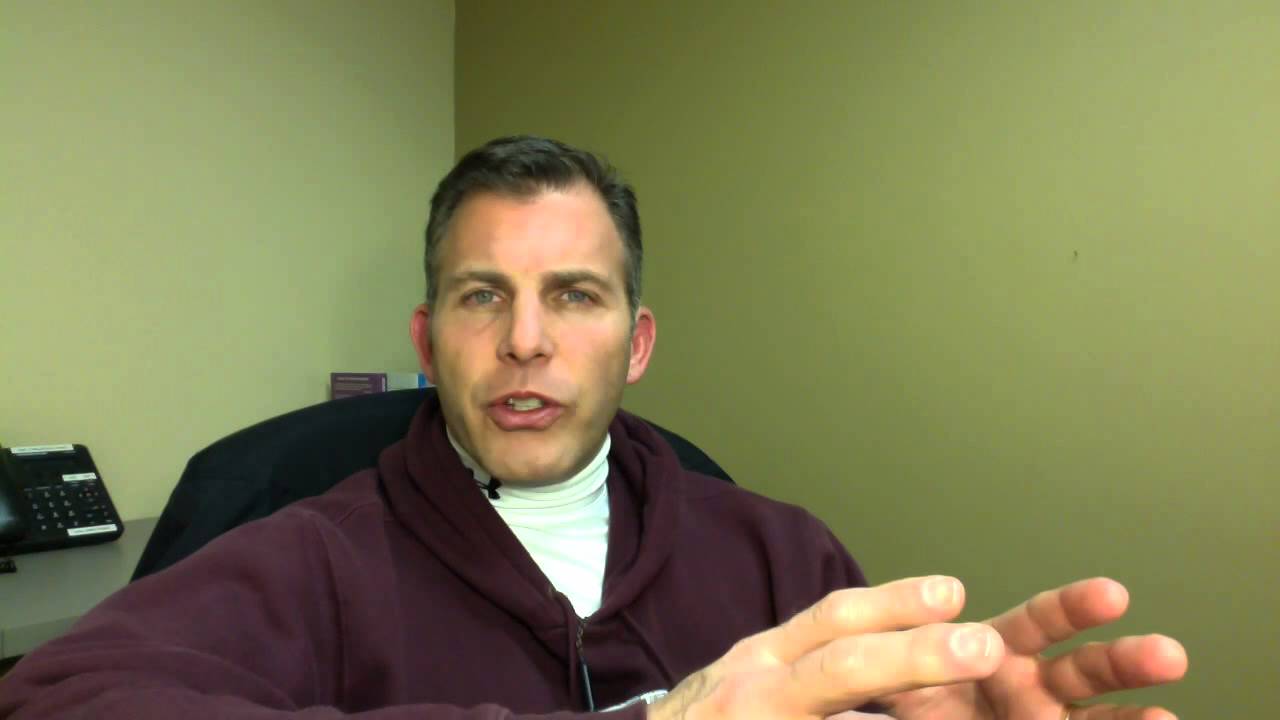
How Do I Treat Neck Injuries On The Ice?
In this episode we answer a question that was sent in by a Rescue Fan that wondered what the best course of action would be if a person suffered a neck injury on the ice. It’s important to remember that if the patient has any pain, movement minimization is the goal while maintaining the patients core body temperature while waiting for EMS to arrive. If the person doesn’t feel hurt, they may elect to slowly get to their feet and recover. If they do feel pain, numbness, tingling, weakness or loss of consciousness, the best course of treatment 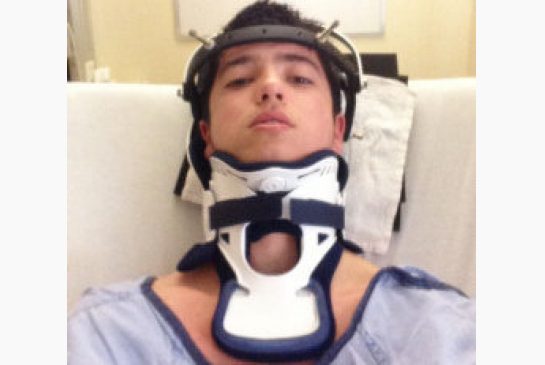 in my opinion is to call 911 or EMS. I hope it helps.
in my opinion is to call 911 or EMS. I hope it helps.
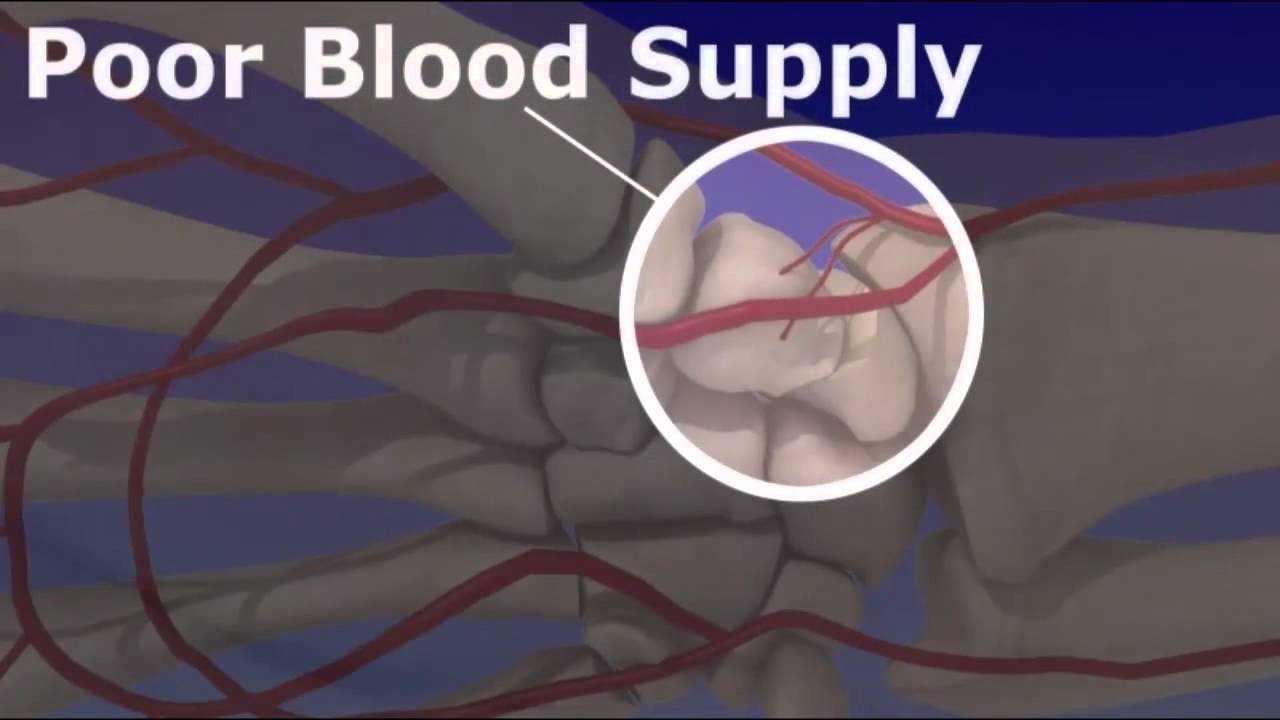
I Broke My Wrist As A Kid, And Now It’s Starting To Hurt Again! Why?
I got another email from a Rescue Fan that asked about pain in the wrist that has recently become very bad. He had injured the scaphoid bone in his wrist as a teenager, got a cast, took it off prematurely and then just recently began to really feel pain, numbness and discomfort in the same area. I emailed him back and then thought there may be other’s with the same question due to the popularity of this type of injury. Here’s my email back to him. I hope it helps.
I’m sorry to hear that you’re going through so much discomfort. I looked up your injury and though nothing has told me anything you didn’t already know about this type of injury I’m including a video that may help refresh your memory.
In regards to the injury causing more problems. You are always welcome to request a second opinion and may even want to find a good “sports medicine” Ortho Doctor. It could be a number of things causing the pain but one reason is due to the possibility of developing “traumatic arthritis”, it could be Simple immobilization in a cast will not lead to healing of the bone. This scaphoid bone is particularly prone to this for several reasons: there is the possibility of the fracture being missed at the initial injury leading to a delay in treatment; secondly, the bone has a poor blood supply. The fact that it is inside the joint and is constantly being bathed by synovial fluid also contributes to the development of a nonunion. A nonunion, in other words, is a failure on the part of the patient’s bone to complete the healing process. A “false joint” occurs at the nonunion since the ends of the broken scaphoid are attached to ligaments at each end of the bone, further separating the fracture and preventing healing(http://www.arthroscopy.com/sp04013.htm). This can only be verified via thorough investigation by a qualified physician. In the mean time, rest, ice, elevation when possible and maybe even a splint of some sort can help to immobilize while on the way to the doctor to get to the bottom of the issue.
I hope this helps and I hope you’ll let me know what you find out.
Best Wishes,
Roy
Why Wouldn’t Someone Bleed Much After A Traumatic Amputation?
Whoa! I can hardly believe that anyone would dare to question the utter possibility of real people suffering after being affected by an explosion, but they are! I received a comment from a Rescue Fan and they had seen posts and videos put out by someone who claims that the bombing injuries could actually be “mocked” or “fake”. Now, regardless of whether they are or are not, I would like to answer this question regarding the claims that minimize this type of event.
Regardless, it appears that those who are questioning authenticity of the recent bombings and injuries/amputations related to these bombings are due to pictures that show people right after the bombing with little or no visible blood.
Most professionally trained people understand the properties of blood and how amazing our body is. We understand that the body was created in such a way that it reacts to emergency situations in ways that help to slow down the process of shock and death in time to get help and try to recover from the injury or illness. The following is a technical breakdown of how the body reacts to injuries, cuts and amputations and why minimal blood is not a good theory to use when it comes to deciding if a person really suffered an amputation or not.
In short, we must remember that when a vessel is cut and the body sends the signal that an accident has occurred, the body takes action to lose as little blood as possible and conserve it’s life as efficiently as possible. The following is a very good breakdown as to how and why it does. I hope it helps and in the mean time. Let’s be careful about calling every event a hoax even if it is possible. Especially when innocent lives are part of the equation.
Tourniquet Use Deemed A Lifesaver During Boston Bombing Incident
In this episode, I take a closer look at the reasons that tourniquets were so important during the Boston Marathon bombing aftermath. Injuries were similar to those seen on the battle field and the battle field has trauma that requires immediate hemorrhage treatment and usually includes a long transport time. In the case of the bombing, we saw a very similar landscape. Though we don’t use tourniquets often in peaceful situations, there can and may be times where a tourniquet could mean the difference between life and death. Watch this episode to sharpen your skills on how to apply an effective tourniquet.
Lindsey Vonn Super G Skiing Accident Medical Breakdown
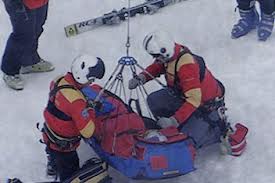
In this episode of RoyOnRescue, I take a look at the details of the recent Lindsey Vonn skiing accident and what mechanism of injury caused the serious knee injury she suffered. Watch actual footage of the accident while I comment on how the crash caused her injuries. Then, discuss what steps you might take to minimize further damage and what you would do as the rescuer on scene prior to air evacuation.
Punch To The Face And A Visit To The Doctor
 Hello Rescuers!
Hello Rescuers!
I wanted to respond to this question sent in via email from what I think is a Martial Artist. Being active in martial arts myself (TKD and BJJ) I completely understand the question sent in from Michael about eye injuries, face injuries and teeth problems.
Like any trauma, there can be several things to think about right away. Is there a more serious injury that is being missed because of the blood coming from the face(distracting injury)? Maybe a head injury, brain swelling, breathing problems, neck injury, broken bone, etc. If no life threatening situation, then we may have some more time to think about how bad the injury really is.
If ever there is a loss of sight, loss of limb or loss of life, the answer is simple. Activate your medical emergency services RIGHT AWAY and support the patient with CPR and First Aid. If no life threatening emergency, glove up, clean up the patient and see what’s going on. If the person has an eye injury that makes them unable to see or may be the result of a poking injury, get them to the ER for examination. If the person has a hematoma(blood under skin) that is making their eye swell and unable to open, it may be a good idea to get a cold pack on it right away and then get to doctor or ER for reduction of hematoma, stitches, tetanus shot etc.
Loose, broken or missing teeth? Dentist right away. Anything less then these may buy you some time to see if it gets better or worse. We have all been hurt while sparring but it’s the possible tears, broken bones, eyes and teeth that we don’t want to let go too far without treatment. Remember, if in doubt, call your 911 (EMS) or doctor and run the situation by them. Get a second opinion and see if they want you to come in or treat with first aid.
Now a reminder on prevention. Head gear, mouth-guards, face shields and proper guards are all essential to the prevention and reduction of needless injuries during contact sports. Yeah I know, they’re clumsy and usually not needed but if you’ve ever been kicked, hit or struck in the wrong place you can appreciate their protective abilities. Remind new people that sparring means practice with control not out and out fighting. Warn your sparring partners of injured areas and communicate when things are not going right. Whenever your in doubt about an injury…see a doctor.
I hope this helps. Be Well.
Roy, RoyOnRescue
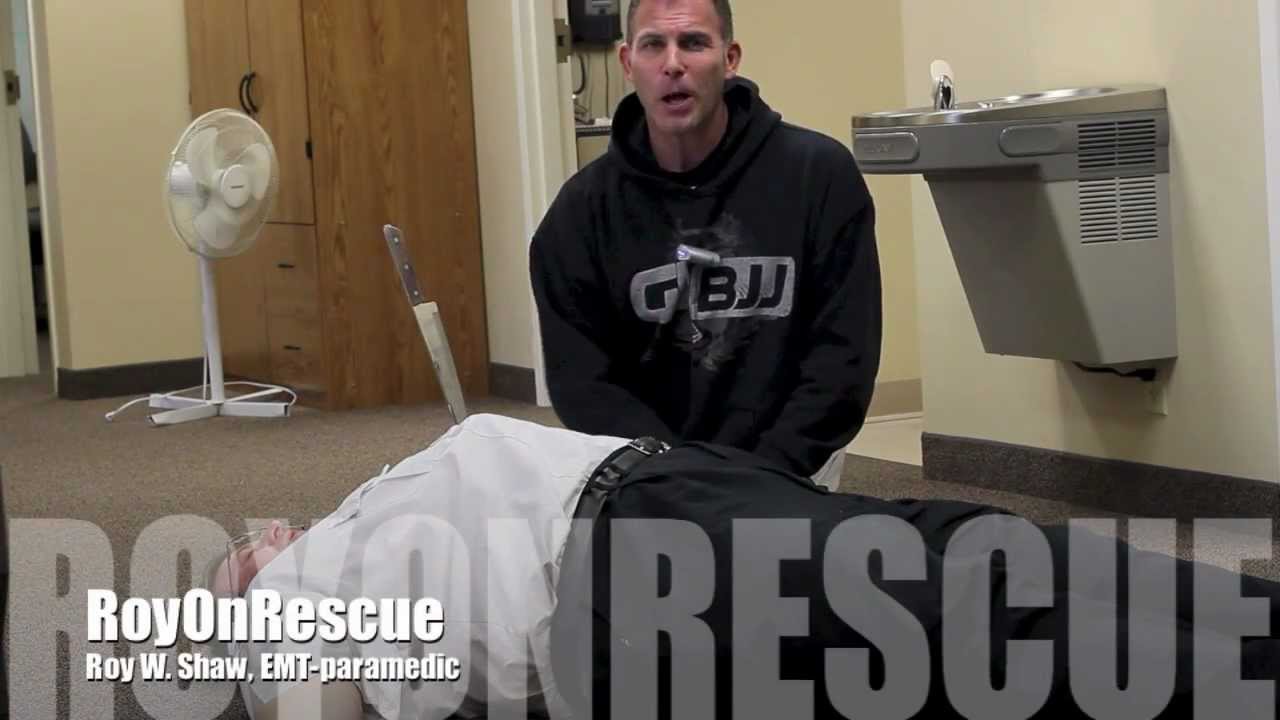
Ankles, Impaled Objects and CPR
In this episode of RoyOnRescue, I answer two different emailed questions. The first from Michael who asked: “I was taught you remove the object only if it interferes with CPR.” Great question Mike. As a general rule of EMS, we only remove an impaled object if it’s obstructing the airway and preventing the ability to secure an airway. Removing an impaled object will often times “un-plug: the hole that was created by the injury and may cause excessive internal bleeding that can only be controlled in a surgical environment. As a lay rescuer, the Good Samaritan will follow the directions of the 911 dispatcher. In a worse case scenario, hands only CPR can still be performed. If the object is in the chest, try and work around the object as best as possible and provide what care you can without causing more harm. A second question came in just this afternoon from Sara who asks about an “ankle popping out” and what to do if this were to happen while on vacation. It sounds as though Sara may have a chronic problem with her knee or ankle but because of a recent injury is especially concerned that it could happen while on an exciting vacation this Friday. In both cases I hope that the advice I give helps and a little tidbit about the first aid acronym, RICES could be the solution while on vacation. Watch this episode to learn more about what to do in case either of these situations arise.
Happy Thanksgiving!
Roy, RoyOnRescue

